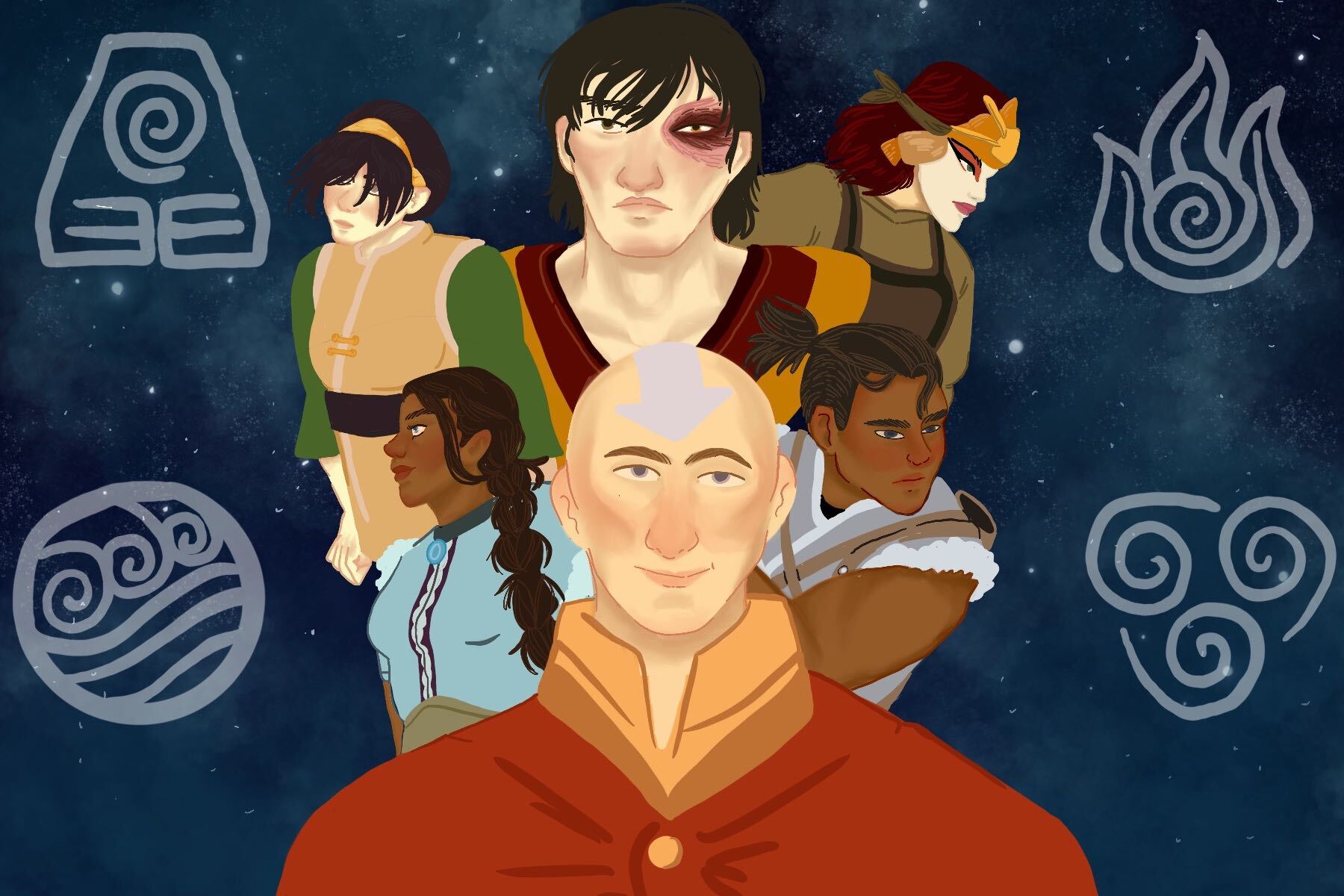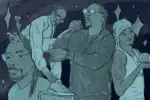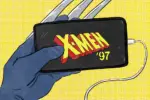This article contains some slight spoilers for “Avatar: The Last Airbender.” Read at your own risk!
The early 2000s show “Avatar: The Last Airbender” dropped on Netflix during quarantine to the joy of fans and newcomers alike. This streaming release was rumored to be a way to promote the franchise as a whole, as Netflix is developing a live-action remake of the iconic show. Hopefully, this remake will be better than the mess of a live-action movie that was produced by filmmaker M. Night Shyamalan in 2010, in which he whitewashed the major characters and butchered the source material.
However, despite hopes that this adaptation will remain faithful to the source material, the original animated “Avatar: The Last Airbender” creators Michael DiMartino and Bryan Konietzko have departed from the project. DiMartino issued a statement and wrote, “Netflix’s live-action adaptation of Avatar has the potential to be good. It might turn out to be a show many of you end up enjoying. But what I can be certain about is that whatever version ends up on-screen, it will not be what Bryan and I had envisioned or intended to make.”
Their exit has supporters worried. What did DiMartino and Konietzko disagree with Netflix about? Fans have ideas on what dispute may have occurred. One theory is that Netflix wanted to whitewash the casting process, which is something DiMartino and Konietzko vocally opposed in the Shyamalan film. Another theory is that Netflix wants to age up the characters to make the show darker and more mature.
While the first theory has its obvious issues and has already been dealt with in the response to the 2010 film, the second theory, if true, would have its pros and cons. Let’s explore them.
Pros
Aging up the characters in “Avatar: The Last Airbender” does allow for more mature story lines. In the animated show, protagonist Aang is 12 years old, Katara is 14, Sokka is 15, Toph is 12 and Zuko is 16. This is a wide range of ages, especially considering the maturing that occurs in that time span. When watching the show, it’s easy to forget just how young Aang and Toph are.
Changing their ages, even increasing Aang’s age from 12 years old to 15 years old, for example, would allow the show to take a darker turn. While the show itself has its dark moments and its share of fantasy violence, there’s a difference in watching it animated and watching it happen to live people. It could be hard for audiences to watch a 12-year-old Aang almost die in battle multiple times. But if he were 15 years old instead, it could potentially be less jarring.
Aging up the “Avatar: The Last Airbender” gang also expands the possibilities for romantic relationships to develop. In the animated show, the romances are minimal and not especially important to the plot. If the characters are older, however, the audience could potentially buy into the romances more. The romantic dynamic between Aang and Katara feels a little weird, given how young Aang is. If he were older, perhaps closer in age to Katara, their relationship would feel more authentic and could develop more deeply.
Cons
While the pros of aging up the “Avatar: The Last Airbender” characters are compelling, the cons are equally so. Part of the magic of the animated show is that children are capable of banding together to save the world from a fascist regime led by an adult man. It’s inspiring to see people so young accomplish such monumental change. It provides a positive message to young viewers: You are not too young to make the world a better place.
Aging up the cast could strip away the childlike magic of the show. I understand the impulse to want the characters to be older, to have deeper and more meaningful relationships and to allow for more violence in the show, but that also changes the core of the narrative. It becomes not a show about children growing up together, with the burden of saving the world on their shoulders, but instead just another program full of teenagers trying to go on a mission while distracted by the inevitable Aang-Katara-Zuko love triangle.
The more mature romance in the show could also push away younger viewers. “Avatar: The Last Airbender” originally aired on Nickelodeon, a children’s channel. While the original viewers have grown up since 2007, children today still enjoy the show. If they make it darker, more violent and more sexual, children can’t watch it.
If Netflix makes “Avatar” more sexual, it also departs from the original purpose of the show. There was romance here and there, but the greater emphasis was on the power and importance of friendship. Platonic love took center stage, not the occasional romance that lurked on the periphery.
Violence would also subvert the spirit of the original program. The bending-related violence was highly stylized and animated. Also, death shown explicitly onscreen was minimal. Even in the final battle with Firelord Ozai, Aang doesn’t kill him, but instead takes away his firebending and locks him away in prison. If Aang is older, and the show itself more violent, will he kill Ozai? Will other characters engage in extreme violence instead of following Aang’s air nomad pacifistic example?
Predictions
If Netflix goes through with aging up the protagonists of “Avatar: The Last Airbender,” I predict an unfortunately darker show that will alienate younger viewers and die-hard fans of the original series. They will likely put a larger emphasis on romances between the characters, something that was minimal in the animated show. They will also probably show more violence and include more death to up the stakes of the conflict with the Fire Nation.
This isn’t an inherently negative thing, but Netflix needs to remain cautious about straying too far from the source material. If they want to make a show substantially different from the animated “Avatar: The Last Airbender,” Netflix could always develop a new show set in the same universe, similar to the Nickelodeon animated spin-off series, “The Legend of Korra.” However, this is unlikely. So for now we must wait and see what comes of the new live-action series. Hopefully it’s more successful than the film — fingers crossed.

















